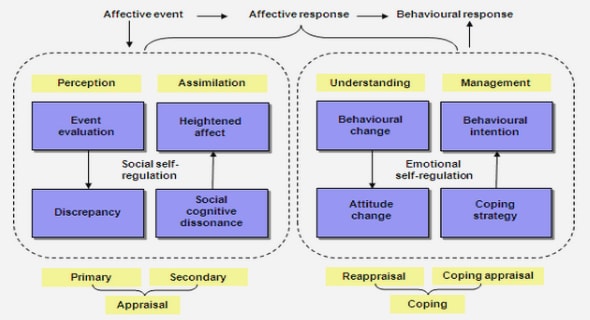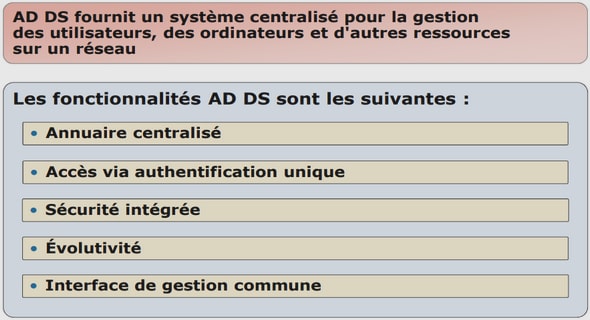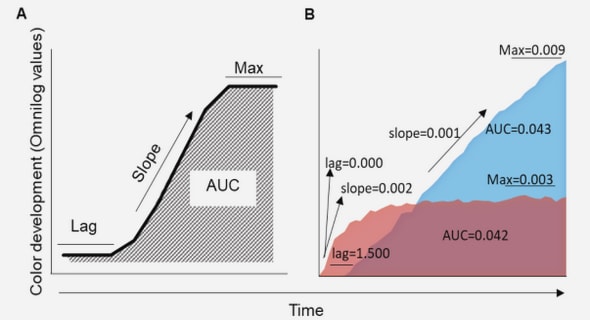Get Complete Project Material File(s) Now! »
The significance of the research study
After isiNdebele received its formal spelling system in 1982, several written texts and even books, such as the Bible, hymn books, and creative writing including novels and plays were published soon thereafter. Therefore, isiNdebele orthography has played a prominent role in the production of these written texts. This thesis can be regarded as the first document that explores the written isiNdebele language in detail. As a result, it promises to be a decisive document containing the official spelling rules of standard isiNdebele compiled by the former isiNdebele Language Board and is still accepted as an authentic orthographic or spelling document in isiNdebele, in spite of some inaccuracies which this study attempts to address. This is, therefore, a crucial document on standardisation of isiNdebele written works for its purpose is to regulate and streamline other written isiNdebele teaching texts. However, there are orthographic problems that require investigation. IsiNdebele written texts are therefore investigated to ascertain whether the spelling rules contained are scientific or not. The researcher has, in addition, checked whether the amaNzunza and amaNala dialects have been harmonised: if not which one between the two is currently dominant. IsiNdebele as a written language is a young language. It is only 25 years old at present and, as a result, there has been no in-depth examination that has been conducted on its growth and development, particularly with regard to orthography or spelling.
Standard dialects or varieties
According to Joseph (1987:9), not every person is able to use a standard variety because in most cases one usually acquires it through the processes of studying and that is why one must go to school or study in order to acquire it. Bartsch (1985:40) believes that the creation of a standard dialect may cause the nonstandard dialects to lose some of the functions they have been performing before the existence of the standard variety, because standard dialects are regarded as new creations. Lass (1992:261) asserts that standard dialects are not monoliths, but they are normally clusters of more or less innovatory varieties of different regional provenances. Nfila (2002:29) adds that standard dialects or varieties are regarded as new creations and before they were regarded as standard, public gatherings were conducted in non-standard varieties; today public gatherings are conducted in standard varieties. Cornips and Poletto (2005:949) highlight the fact that once a written standard is established, it quickly becomes more conservative than the spoken standard. Thus Mojela (2008:125) is of the view that in most cases the standard dialects are regarded as prestige dialects used by the educated elite as their vernacular.
CHAPTER 1
1.1 INTRODUCTION
CHAPTER 2
2.1 RESEARCH METHODOLOGY
2.2 INTRODUCTION
CHAPTER 3
3.1 DIALECTS AND STANDARDISATION
3.2 INTRODUCTION
3.3 DIALECTS
CHAPTER 4
4.1 STANDARDISATION OF ISINDEBELE DIALECTS
4.2 INTRODUCTION
4.3 THE ORIGIN OF ISINDEBELE DIALECTS
4.4 THE ORIGIN OF THE NAME ‘NZUNZA’
4.5 THE ORIGIN OF THE NAME ‘MANALA’
4.6 LANGUAGE STANDARDISATION
4.7 CONCLUSION
CHAPTER 5
5.1 TERMINOLOGY
5.2 INTRODUCTION
CHAPTER 6
6.1 THE ORIGIN AND HISTORY OF ISINDEBELEORTHOGRAPHY
6.2 INTRODUCTION
6.3 CONCLUSION
CHAPTER 7
7.1 GROWTH AND DEVELOPMENT OF THE ARRANGEMENT OF ISINDEBELE ORTHOGRAPHIC SIGNS
7.2 INTRODUCTION
7.3 CONCLUSION
CHAPTER 8
8.1 SYNOPSIS
8.2 INTRODUCTION
8.3 CHAPTER ONE
8.4 CHAPTER TWO
8.5 CHAPTER THREE
8.6 CHAPTER FOUR
8.7 CHAPTER FIVE
8.8 CHAPTER SIX
8.9 CHAPTER SEVEN


